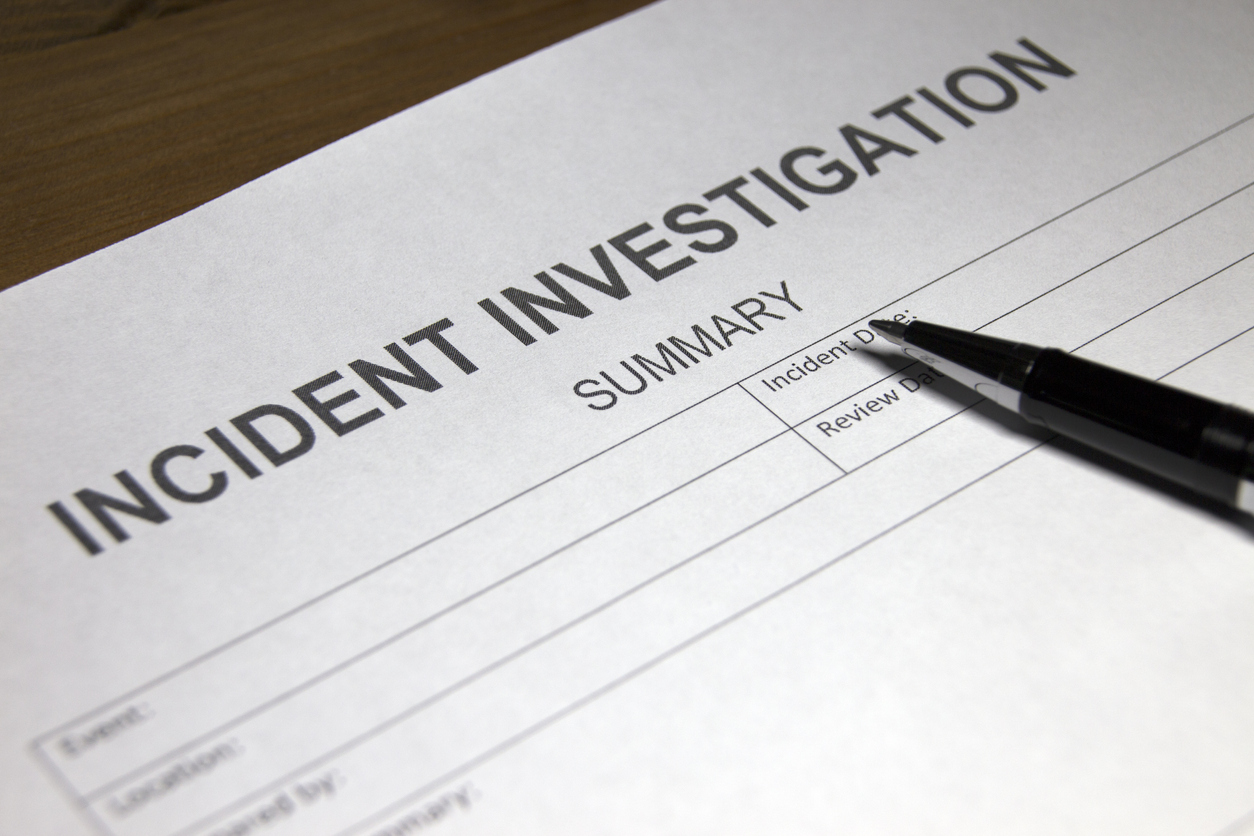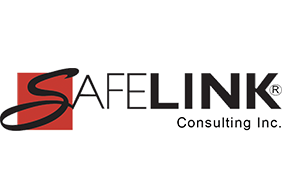As hard as employers try to prevent work-related injuries, they still happen. Hopefully, the injuries are minor. Even so, an employer should have a procedure in place to investigate the root cause of the incident and implement corrective actions. The quicker this investigation procedure is started the better.
OSHA has published a great tool for employers as a guide for incident investigations. They state that the purpose of their Incident Investigation Guide is to “provide employers a systems approach to help them identify and control the underlying or root causes of all incidents in order to prevent their recurrence.”
Information is easily available for the fatalities that have been reported to OSHA, however, unreportable work-related injuries and illnesses that aren’t recordable on the OSHA Form 300 may or may not have to be reported to OSHA under the new OSHA injury tracking system. Those of you who are in the high risk category, such as dental laboratories and other manufacturers, and meet the employee size requirements need to prepare the 300A information for the 2018 calendar year and submit that information online to OSHA by March 2, 2019.
You’ll notice that the word “incident” is being used rather than the word “accident”. From my legal background, we were instructed not to state that it was an accident since that seems to imply that it couldn’t have been prevented. Most harmful workplace events can be prevented. The purpose of an investigation is to focus on identifying and correcting the causes plus show employees that the company is committed to providing a safe and healthful workplace.
The best policy is to investigate all workplace incidents. That should include “near misses” or “close calls” as well. An injury didn’t happen then, but the likelihood is that it could happen in the future and cause an injury. OSHA states in the reference publication that the National Safety Council estimates that, on the average, preventing a workplace injury can save $39,000, and preventing a fatality more than $1.4 million, not to mention the suffering of the workers and their families.
There are many methods for determining the root cause of an incident. Using a systems approach rather than a behavioral approach takes out the element that human error or behavioral failures alone contributed to the incident. An example would be investigating why a procedure or rule was not followed that led to the incident rather than stopping at the fact that the worker didn’t follow the rule - maybe the procedure was out-of-date or training had not been adequate. Why had this problem not been identified before this incident and why had it not been addressed?
Having established an incident investigation program prior to an incident occurring will allow for a quick response to the incident. Those of you who have SafeLink Consulting’s health and safety manual already have an Accident Reporting and Investigation policy. If you don't have a manual, then contact us for assistance in customizing a health & safety manual for your business. You should train workers on who to report incidents to and your policy for handling reporting and investigations.
Determine who will conduct incident investigations at your workplace. Putting together a team where managers and employees work together on the investigation can be very effective. When the team works together they will “own” the conclusions and recommendations.
In OSHA’s publication they outline a Four-Step Systems Approach. Those steps are identified as:
- Preserve/document the scene
- Collect Information
- Determine the root causes
- Implement corrective actions
We encourage you to use your Incident Investigation procedure to strengthen your written health and safety program. It will help you ensure that your safety policies are clearly established and define who is accountable for safety. Encourage management and employees to work together to promote safety in your workplace.
Learn more on how you can train and protect your employees on health & safety.
Learn more about what SafeLink Consulting can do to help your business with compliance services, including safety compliance, to meet OSHA training requirements and quality system consulting to meet FDA compliance. SafeLink Consulting assists businesses with workplace safety training, infection control training, HIPAA training online, quality systems, assessments, audits, due diligence, and more.
Industries include:
Dentistry compliance - assisting the dental practice with meeting requirements for OSHA, HIPAA, EPA, and CDC guidelines, patient safety and employee health & safety
Dental Laboratory compliance - assisting the dental lab with meeting requirements for OSHA, FDA, and CDC guidelines, employee health & safety, plus FDA requirements for lab manufacturing custom implant abutment /gmp for medical device manufacturers
Medical Device Manufacturers compliance - assisting with meeting OSHA compliance & FDA requirements, GMP - good manufacturing practices
General Industry compliance - assisting with OSHA compliance and FDA compliance as it pertains to the specific business
Beverage Industry compliance - assisting beverage businesses such as the craft brewery, winery, cidery, distillery, vintner with meeting OSHA compliance, health & safety, FDA requirements / GMP - Good Manufacturing Practices.
Get notification when new regulatory compliance training courses are added plus upcoming events by subscribing to our email news.








Leave Comment